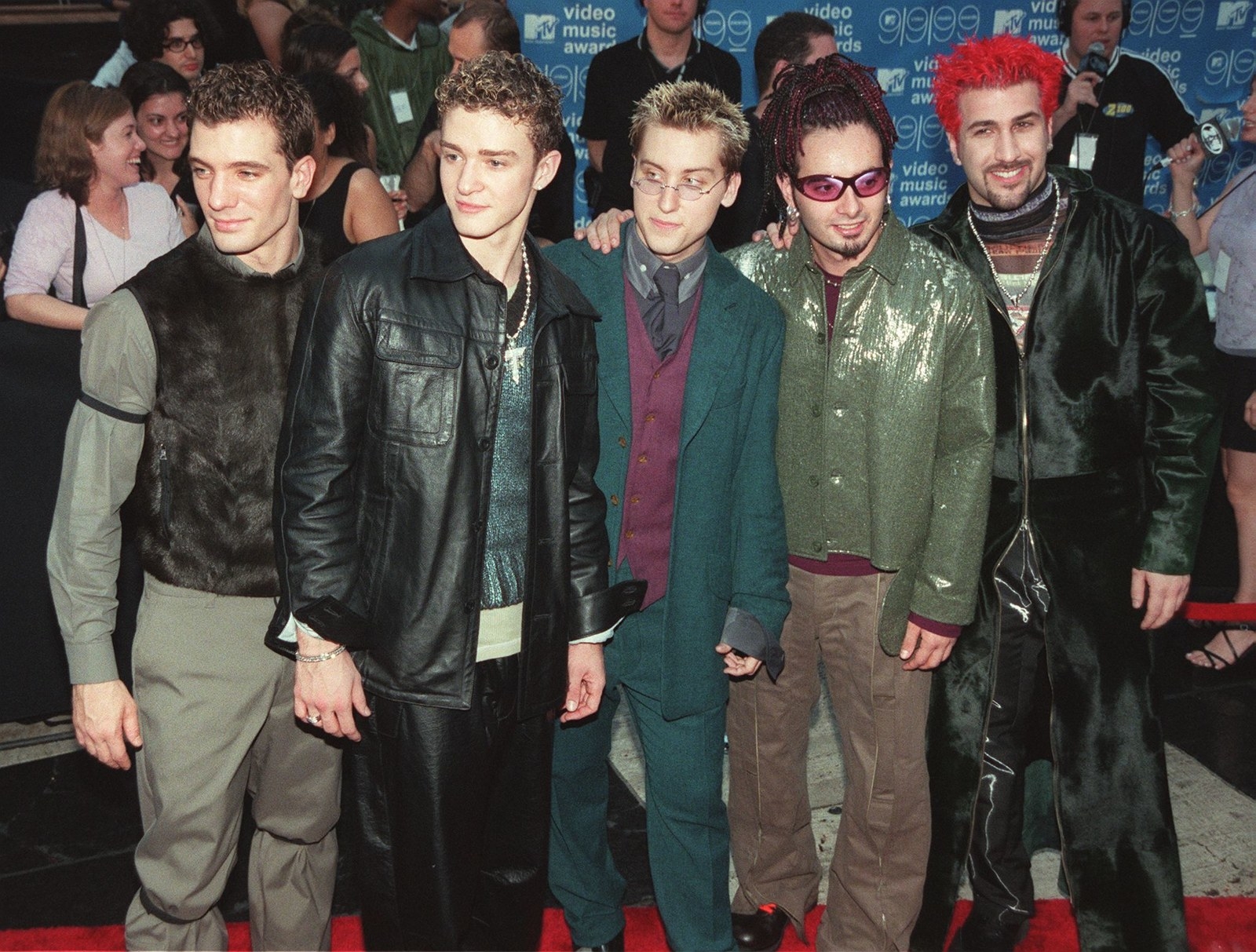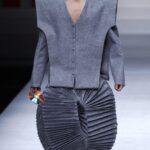The 2000s marked a significant era in the evolution of men’s fashion, characterized by a fusion of retro influences, modern aesthetics, and a shift towards individual expression. From iconic trends to groundbreaking innovations, the fashion landscape of the 2000s reflected a dynamic blend of nostalgia and experimentation that continues to influence contemporary menswear.
Streetwear Revolution: The Rise of Casual Cool
One of the defining trends of the 2000s was the emergence of streetwear as a dominant force in men’s fashion. Brands like Supreme, Bape, and Stüssy redefined casual style with graphic tees, hoodies, and sneakers that blurred the lines between high fashion and street culture. Influenced by hip-hop and skateboarding subcultures, streetwear became synonymous with urban coolness and laid the foundation for a new era of menswear.
Skinny Jeans and Slim Fits: The Era of Tailored Silhouettes
In contrast to the baggy styles of the ’90s, the 2000s saw a shift towards slim-fitting jeans and tailored silhouettes. Skinny jeans became a wardrobe staple for men, offering a sleek and modern alternative to traditional denim cuts. The rise of brands like H&M and Zara popularized affordable slim-fit clothing, making tailored looks accessible to a wider audience and reshaping the way men approached dressing.
Athleisure Boom: Fashion Meets Functionality
The 2000s witnessed the mainstream adoption of athleisure, a trend that blurred the boundaries between sportswear and everyday attire. Brands like Nike, Adidas, and Lululemon capitalized on the demand for stylish yet functional clothing, introducing performance fabrics, streamlined designs, and innovative technologies that catered to active lifestyles. The fusion of fashion and functionality gave rise to a new wave of versatile menswear options that prioritized comfort without sacrificing style.
Retro Revival: Nostalgia Reimagined
Nostalgia played a significant role in shaping men’s fashion in the 2000s, with designers drawing inspiration from past decades to create modern interpretations of classic styles. From ’80s-inspired tracksuits to ’90s grunge aesthetics, retro influences permeated runways and street style alike, adding a touch of vintage charm to contemporary looks. The revival of iconic fashion trends resonated with a generation seeking to pay homage to the past while embracing the future of style.
Designer Collaborations: High Fashion Meets Street Culture
The 2000s witnessed a surge in designer collaborations that bridged the gap between high fashion and street culture. Partnerships between luxury brands and streetwear labels, such as Louis Vuitton x Supreme and Adidas x Yohji Yamamoto, brought together diverse creative visions and pushed boundaries in menswear design. These collaborations not only democratized access to high-end fashion but also fostered a spirit of innovation and inclusivity that continues to shape the industry today.
Sustainability and Ethical Fashion: A Shift Towards Conscious Consumption
As awareness of environmental issues grew in the 2000s, so did the demand for sustainable and ethical fashion practices. Men’s brands began prioritizing eco-friendly materials, ethical production methods, and transparent supply chains to reduce their environmental impact and promote social responsibility. The shift towards conscious consumption reflected a broader cultural shift towards sustainability and ethics in fashion, signaling a new era of responsible menswear choices.
In conclusion, the 2000s were a transformative decade for men’s fashion, characterized by a blend of nostalgia, innovation, and cultural influences that continue to shape contemporary style. From the rise of streetwear and athleisure to the embrace of tailored silhouettes and sustainable practices, the evolution of menswear in the 2000s reflects a dynamic fusion of tradition and modernity that celebrates individuality and creativity in every outfit choice. As we look towards the future of men’s fashion, the legacy of the 2000s serves as a testament to the


